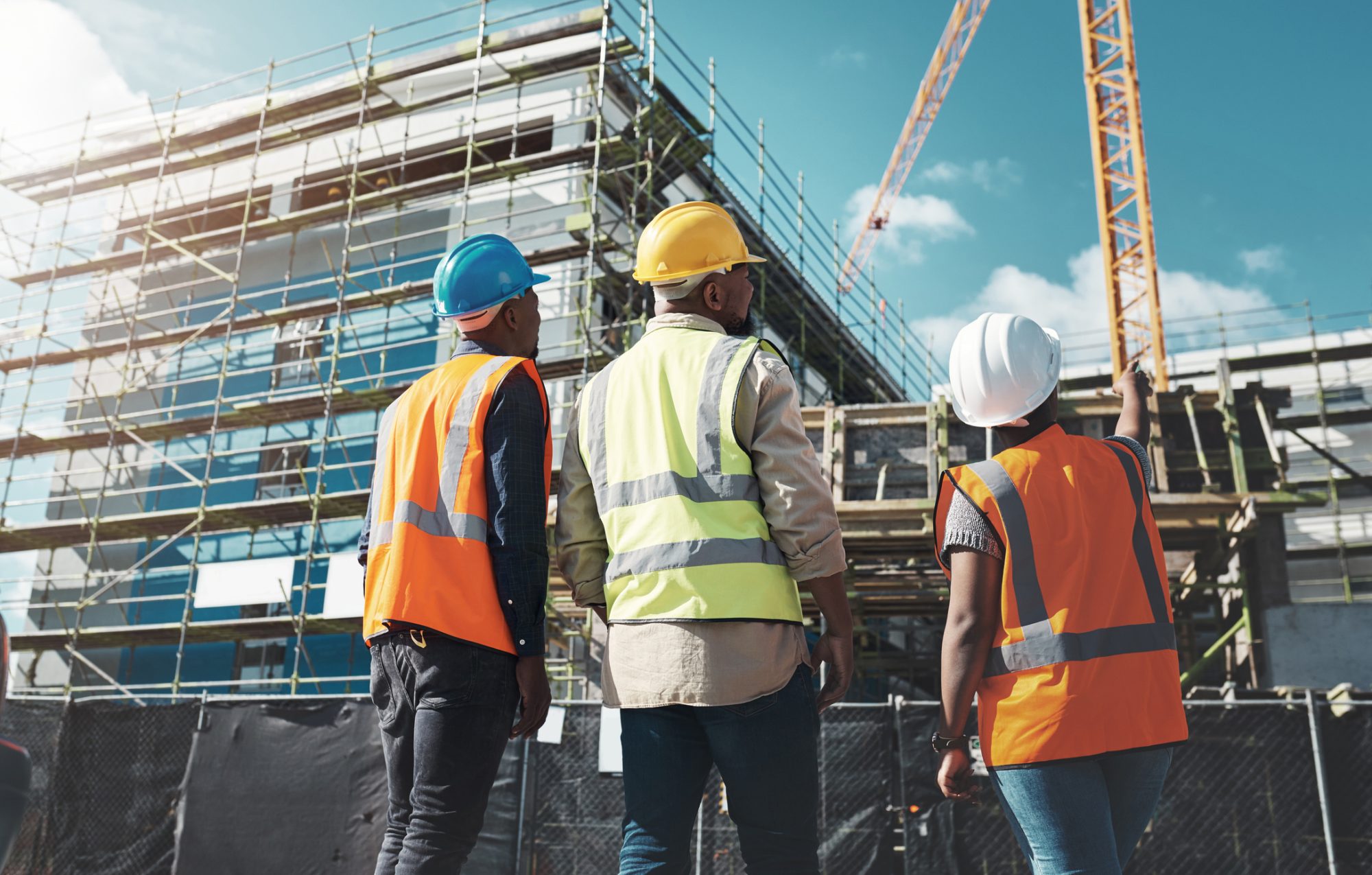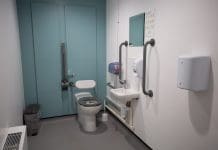Did you miss our third and final webinar in the Concept to Construction series? Read on as we break down the benefits of digital workflows…
Construction projects can be extremely complex, with numerous site teams, heavy plant machinery, countless material deliveries and physical works all taking place at any given time. Through the incorporation of digital technologies, onsite workers can gain valuable project insights, helping to improve productivity and mitigate risk.
Whilst we have demonstrated how invaluable digital technologies and processes can be during the design, estimation and fabrication stages, its usefulness doesn’t end once ground is broken on site. During construction, a digital workflow can be just as important, ensuring that all the valuable data gained along the entire RIBA and project sequence isn’t lost and is instead put to good use.
Setting up for construction with digital workflows
When beginning works out on site, accuracy and communication is key, with many contractors now adopting new ways of working to better streamline their workflows. By using digital technologies, like SketchUp, throughout construction, contractors can ensure better and more efficient project outcomes, with access to detailed project plans and simple 3D models throughout the duration of the works.
In addition to this, pinpoint layout summaries, recorded from a field layout device, can be imported into Tekla Layout Manager from Trimble Connect, allowing contractors to save both time and money through improved accuracy.
However, it isn’t just software that can play a part, but hardware too. While total stations are commonly used at the initial surveying stage, they can also contribute to accurate setting out on site. Allowing you to measure both horizontal and vertical angles, as well as distances between objects, total stations can help to gain and deliver vital information when setting out for construction.
Temporary works is as another aspect to consider. Despite the name, temporary works can have a very real impact, facilitating the safe delivery of the permanent works. Through detailing the temporary works within the same central 3D model, teams can ensure correct interfaces between the permanent and temporary components. There are even plug-in tools available, such as ScaffPlan for Tekla Structures, which can go into incredible levels of detail, ensuring every scaffolding join and connection is constructible.
In fact, models from these services can be easily pulled into SketchUp, giving stakeholders an accurate picture of each phase of works. A major cause of delays and costs in construction projects are around last minute requirements of specialist equipment. By easily visually communicating 3D models with multiple parties, it is easier to plan where and when equipment is required.
As a busy environment, coordinating site access for the workforce, as well as heavy machinery and equipment, can be key to the success of a construction project. It is here that digital technology can again be invaluable, allowing site teams to visualise a digital rehearsal of the works. This can range from considering how they will lift a steel truss into position, gain access for a concrete pour or carry out a tricky weld. This is key, not only from a time and cost perspective, but from a health and safety stance too.
In addition to this, site access routes and onsite facilities, such as a site office, toilets, storage zones, as well as walkways and zones, can all be added into a 3D model and updated as work progresses. For the larger items, like cranes or trucks, there are standard models which can be imported from the SketchUp 3D warehouse, allowing teams to visualise where the plant equipment will be located in order to perform its role.
These models can be moved and amended throughout the different phases of work, allowing for access routes and loading zones to be altered and communicated as the context of the site changes.
Integrating tasks, forms and processes
Of course, it’s not just the physical works out on site that need to be considered. For the large-scale projects, the amount of paperwork generated can be immense, from progress logs, reports, forms and tasks. As well as being time-consuming to maintain, it can also lead to an incredibly extensive and complex paper trail to comb through further down the line.
By digitising this paper-based workflow, office teams can easily access a virtual dashboard and breakdown of all tasks, reports and sheets completed. These forms can then be saved onto the Viewpoint Field View application, for example, allowing for remote access from anywhere, whether that is out on site or back in the office.
With attention rightfully placed on the ‘golden thread’ and the importance of storing and maintaining a building’s data for referral by the building owner or manager throughout its operational life (and beyond), having project data and records saved in this digital format can contribute to the creation of the ‘digital twin’, helping to inform decision-making.
Keeping quality control in hand with digital workflows
Quality is key. As such, quality control and assurances are an important part of any project, with completed work being verified to ensure it meets the required standard. By being able to take the 3D model out of the drawing office and onto the site, accessed via a phone, tablet or even VR headset such as the Trimble XR10, it is easy to compare and overlay the constructible 3D model over the as-built, real-world context.
This can allow site teams to check if a MEP service is being installed correctly, for example, or to verify the positioning of a component before installing it. The same technology can also be used to verify the accuracy of a fabricated section, before it leaves the factory floor. By putting the data in the hands of the site team, you can say goodbye to time-consuming TQs or RFIs, allowing for improved productivity levels and better project outcomes.
Do you want to watch this webinar for yourself? Find the whole three-part series on demand, here: https://go.trimble.com/24-UK-construction-webinars.
Interested in learning more about Trimble’s Concept to Construction workflows? Come visit us across Stand D300 & D400 at Digital Construction Week: https://exhibitormanual.digitalconstructionweek.com/exhibitor-listings/trimble/














